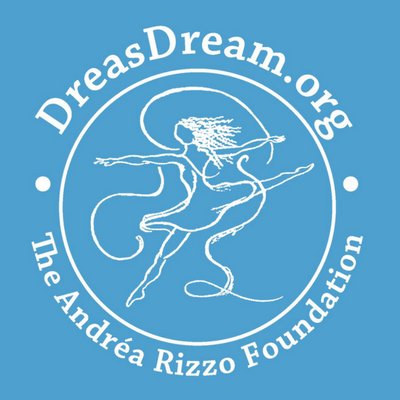
By Dr. Lori Baudino
Psychologists know that fainting can have psychological causes or non-medical explanations. In my time offering dance/movement therapy in hospitals, I have seen how using movement and the Effort profile can help differentiate the medical and psychological factors. The following vignette is inspired by real clinical experience.
A 14-year girl came to to the hospital because she had “fainting bouts.” She sought a second opinion, since no medical explanation had yet been found. Upon admission, she was given tests and blood work to figure out what was causing her fainting.
I was given the referral to support this patient’s anxiety in handling the upcoming procedures and tests.
I met her in her room at bedside. As a psychologist, I know that fainting is a serious concern while at the same time can be seen as a defense. Fainting can be seen as a third mechanism of survival, after fight and flight. It is another way of handling trauma.
Given this knowledge, I started the session by asking the patient: “How does fainting benefit you?” She looked at me, surprised. “What can it do for me?” she repeated. “It’s bad, not good. It doesn’t do anything for me.”
We spoke some more about her experiences in her body before, during, and after fainting. She realized and acknowledged that during fainting, she doesn’t feel anything and that this is very pleasurable to think about. Before fainting, she feels fear: she feels her heart beat faster, her hands sweat, her muscles tighten, and her eyes glazed over. After fainting, she feels pain in her body because she has fallen and bruised her side or arms.
She expressed that it was a unique experience to speak about how it feels and what happens during her fainting bouts. She was becoming more aware of her body.
After this, we began to move to music. I told her about the Effort qualities of Quick and Sustained. She stated: “I am quick. People always want me to slow down, to stop my moving.”
And this is where the therapy began …
I asked her, “Have you ever been stopped? Either physically by another person or verbally?”
Her body immediately moved into the state she described earlier: she glazed over, her breath became shallow, her heart beat faster. I brought her awareness to her body to show what happened to her when faced with these memories–and as a result, she could feel it all and was able to stop it. She was able to remain calm and not faint.
We continued. She moved with Quickness and began relaying stories: about running at school, running away from things she did not like. Then, she transitioned to safe places of Sustainment: her soothing grandmother and being rocked slowly.
She was able to use the Effort qualities to evoke memories and bring awareness to her body. In this short session, she began to learn coping strategies for acknowledging a feeling state in her body and for remaining present and aware.
At the conclusion of the session, she expressed that she was thankful for this new knowledge and showed excitement at moving and accessing her memories.
Dance/movement therapy gave this patient an outlet to communicate her emotional experiences. Through movement, which appeared to be less intrusive, she was able to access difficult memories and to avoid fainting. The experience provided her with techniques applicable to her life that she could continue to access on her own.
For more stories like these, go to Dréa’s Dream Stories
To help us provide dance/movement therapy to more children,
PRIVACY
Contact Information
- THE ANDRÉA RIZZO FOUNDATION
- Address:10 East Beach Road Charlestown, RI 02813
- Phone:401-952-2423
- Email:dreasdream@aol.com
- Website:dreasdream.org
